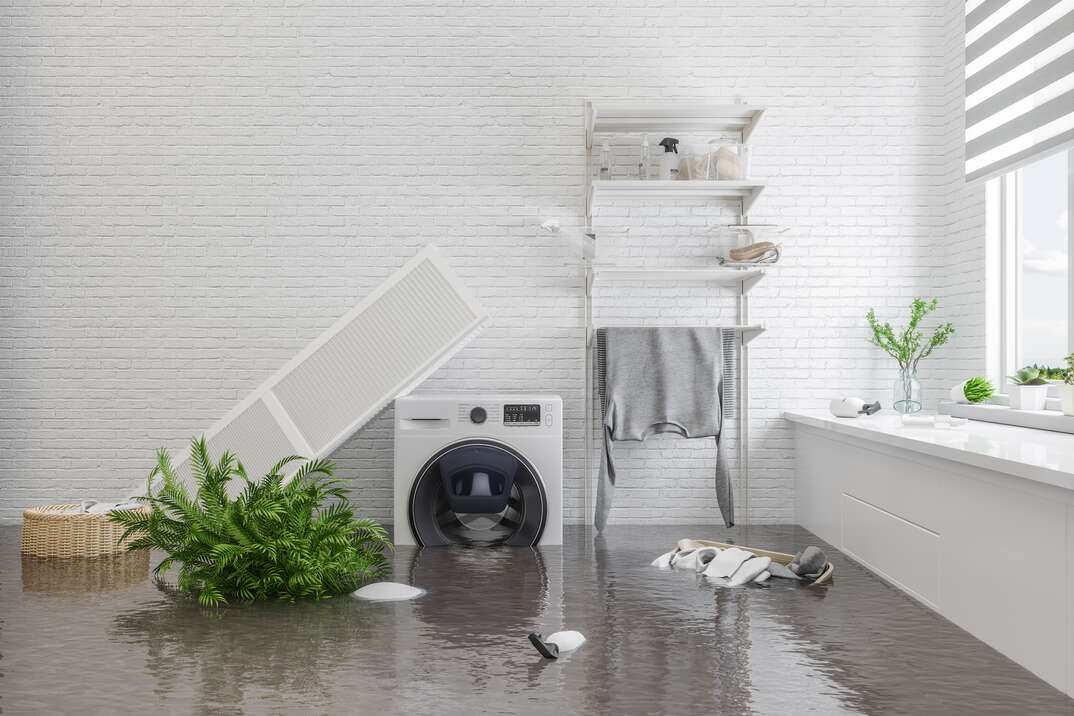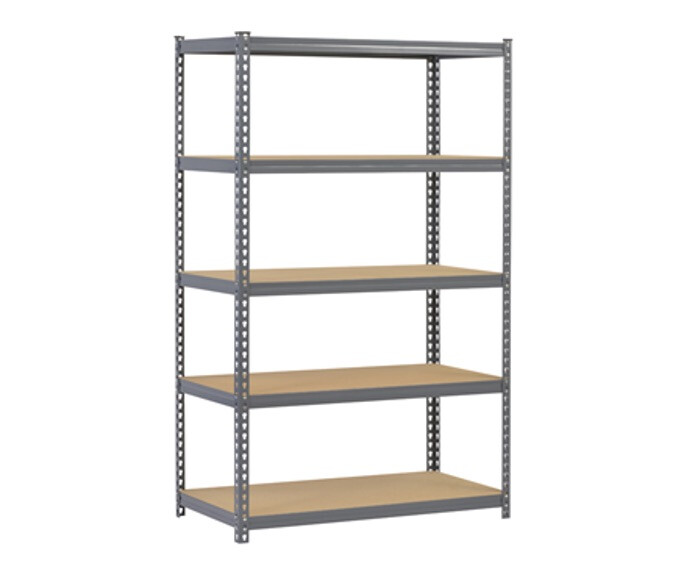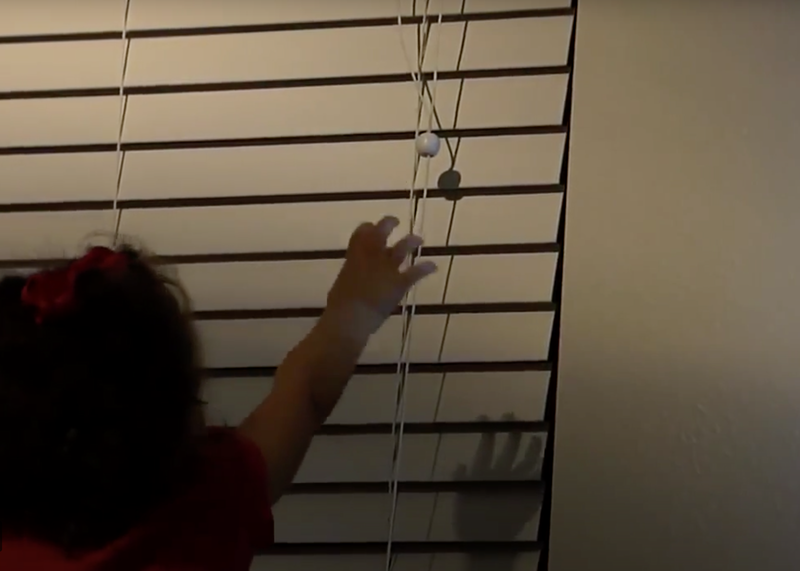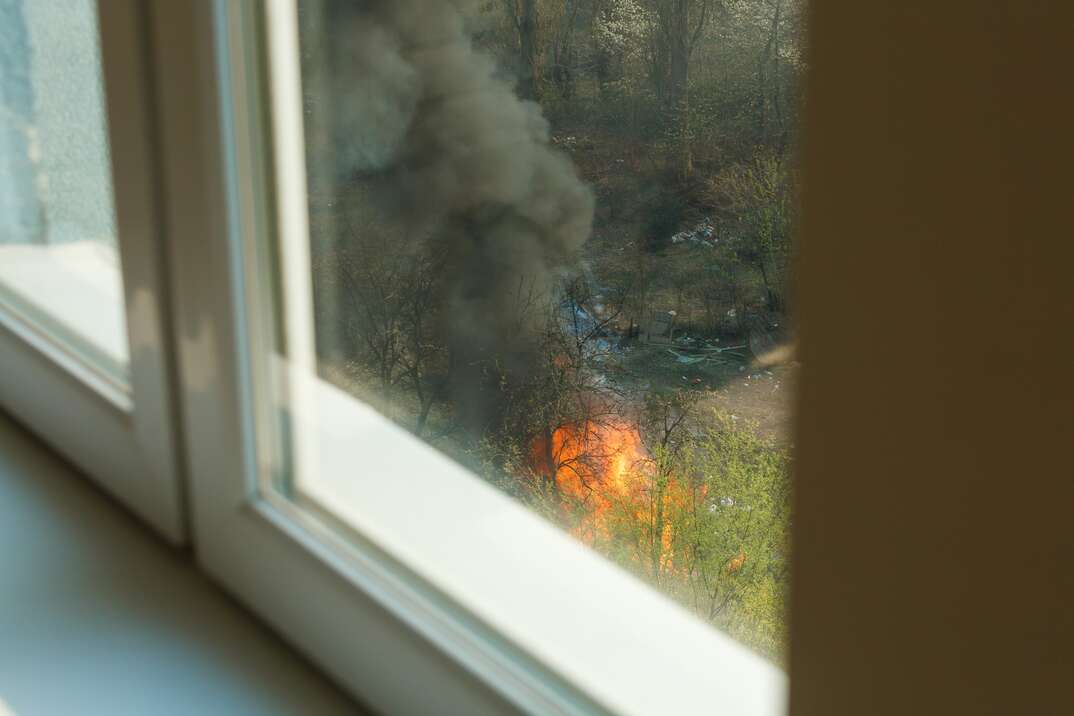I Live in a Flood Zone ... Should I Finish My Basement?

While finishing your basement can provide some much-needed extra living space, you run the risk of coming home to a waterlogged basement if you live on a flood plain. There are advantages and disadvantages to finishing a basement in a flood-prone area — but, mostly, you’re probably wondering whether it’s even worth it to makeover a space that could be ruined in an instant by intruding water.
This May Also Interest You: My Basement Flooded … Now What? 7 Steps to Take in the Immediate Aftermath of a Flood
Here, we'll explore whether it's worth investing in a finished basement in a flood zone. We've also got some tips on how to protect your basement to reduce the flood risk.
Can You Finish a Basement That Floods?
Investing in a finished basement in a flood zone is risky. If you live in a flood zone and want a finished basement, it's essential to know how to reduce the risk of flooding.
The first step you can take to protect your basement from floods is to improve your roof drainage system. Installing downspout extensions can reduce the likelihood of water seeping into your home's foundation and flooding the basement. It's also important to clean your gutters regularly, as gutters clogged by leaves and other debris will cause water to pour down your exterior walls and into the foundation.
Installing a sump pump is also essential if you live in an area with a high flood risk. A sump pump detects when the water level rises and pumps water out of your basement to prevent flooding. While a sump pump is an excellent way to floodproof your basement, it's important to maintain it regularly so that it functions correctly when you need it most. It's also worth considering investing in a backup power source in case you experience a power outage during a storm. Remember that your insurance may not pay out for flood damage if your sump pump isn't working properly.
Raising the finished floor elevation to above the usual flood level is also an excellent idea if you have the budget available. If not, consider investing in water-resistant flooring, as hardwood and carpet won't withstand water saturation well. When designing your finished basement, raise electrical outlets as high as possible to prevent damage to your electrical system.
Finally, consider how your property's exterior could contribute to your home's flood risk. Inspect your foundation regularly and fill in any cracks as soon as you notice them. You should ask a professional to take a look if you notice large cracks or new ones keep appearing. Adding a waterproof veneer to your outside walls can also reduce the likelihood of flooding.
What’s the Best Floor for a Basement That Floods?
When you're installing a finished basement in a flood zone, it's best to choose flooring that's water-resistant and durable. It's generally a good idea to install something that doesn’t cost a fortune to replace if the worst happens and your basement floods.
Rubber, vinyl and ceramic tile flooring are all good options because they are water-resistant and durable. Rubber and vinyl floors are particularly good options if you want a cheap, hardy floor that's easy to replace. You could also consider laying a concrete floor and covering it with epoxy to make it waterproof.
Materials such as wood or carpet are unsuitable for a finished basement in a flood zone because they are highly porous and prone to mold and mildew. They will quickly deteriorate if they get wet, and if mold and mildew take hold, they may pose a health risk. If you like the look of wood floors, consider installing vinyl flooring finished to look like hardwood.
More Related Articles:
- How Much Do Flood Damage Repairs Cost?
- No Water in the Basement! Here’s How to Protect Your Home From Severe Flooding
- How Much Does It Cost to Waterproof a Basement?
- Sump Pumps: Everything You Need to Know
- Sump Pump Alarm Going Off? Here’s What to Do Next
Is It Worth Finishing a Basement That Floods?
Before you consider finishing your basement, it's worth finding out your home's flood risk. You can check the risk in your area on FloodSmart, which uses information from FEMA to tell you the chances of your home flooding. If you live in a high-risk area, your annual chance of a flood is around 1%, although this could be significantly higher in some places.
Once you know your flood risk, you'll need to weigh the benefits of having an extra living area against the cost of repairing or refinishing your basement if it sustains serious water damage. It's often not worth finishing a basement if your home is likely to flood multiple times over the course of your mortgage, especially if you can't afford to invest in proper floodproofing.
In any event, it's not worth spending a lot of money on a finished basement in a flood zone. If you decide to finish your basement, it's best to choose durable and affordable materials.
Finally, a finished basement in a flood zone should always be covered by flood insurance. Regular homeowners insurance is unlikely to cover flood damage if you live on a flood plain.


